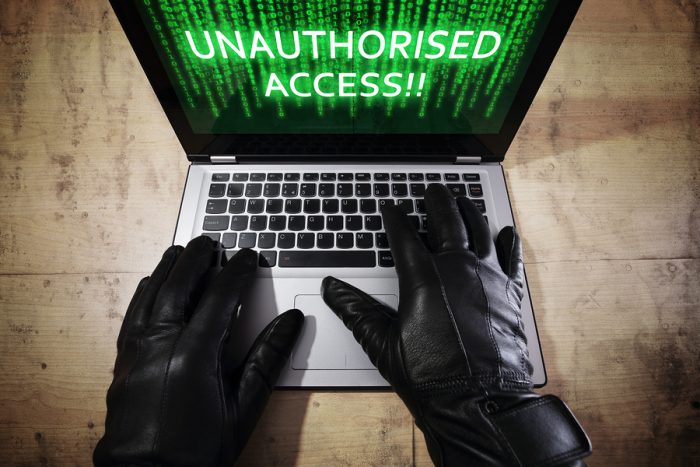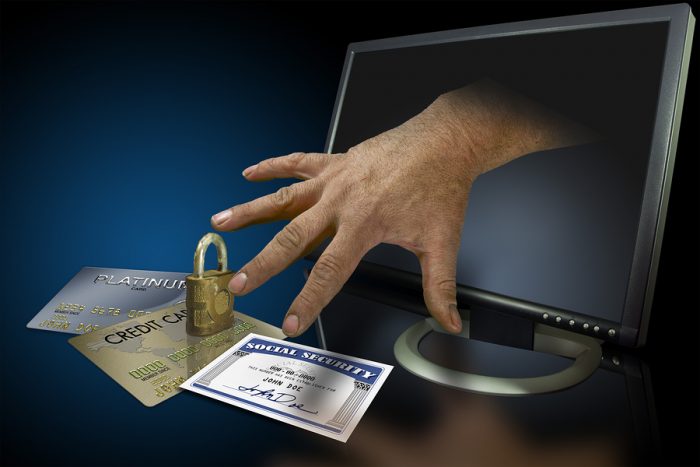
When you check into a hotel, you may assume that the company is going to keep you, as well as your valuables safe, by not sharing keys to your room with others and providing you a safe for your belongings. However, there may be a much larger threat lurking in this rented space. The free WiFi connection that the majority of hotels offer is not always secure.
While many people know that using public WiFi in coffee shops or other locations is not necessarily safe, they still don’t relate these issues to hotels. This is a big mistake and one that may wind up being quite costly in the long run.
WiFi networks in hotels suffer some of the same weaknesses that other public WiFi connections do. Not only will these types of networks increase your susceptibility to attacks that are dubbed as “man in the middle” that compromise your personal info, but according to the US Internet Crime Complaint Center and the FBI, more and more hotel connected computers are suffering from malicious software attacks.
Tips to Keep Safe on WiFi Networks in Hotels
Regardless of the type of threat that a person may be concerned with, when it comes to WiFi connections in a hotel, the basic preventative measures stay the same. These include:
- Only browse online by using a VPN (virtual private network). This will help to encrypt all digital communications and ensure they are not intercepted by anyone else.
- Be sure that you only share your personal information with a site that has an “HTTPS” website. If you want even better security, don’t share any personal information online while you are traveling. However, if you cannot avoid it, be sure to find the “S” in the URL of the website. This means the communications on the site are encrypted automatically.
- Be sure file share is off.
Using Password Protected Networks
There are some hotels that secure the network by offering a password that is only given to guests and router encryption. However, this does not mean you are safe.
In order to understand why this is, you need to consider the two types of encryptions for routers a hotel may offer –
- WPA – WiFi Protected Access
- WEP – Wired Equivalent Privacy
WEP protocols are considered a dated option and do not provide very much in regard to digital security. This is mainly because they have been in use for more than 15 years. While WPA and WPA2 programs were designed to provide compensation for the WEP weaknesses, they are still not completely fool-proof.
These can still be hacked and in most cases, the hacker will be in the same hotel where you are staying. They will have network access, and you will have no idea this is going on.
Using the Ethernet Connection
There are some hotel guests who may also decide that the Ethernet connection is more secure than the wireless connections.
The majority of wired networks are LAN or local area networks. This is a protocol that is over three decades old. The initial use of LANs were to be used on an internal basis by a business or other group of people. Since there was no reason to suspect that malicious behavior in these groups, they were sufficient.
Now about 20 percent of all hotels in the US utilize LAN, which means that you are at risk when you connect to it. This is because you are in a group with everyone else who is staying in the hotel. Take the time to make sure that you are not using this connection since it is one that is likely not very secure unless you use some of the security tips found here.
4 Steps to Remain Safe Using Hotel WiFi
The good news is if you have to use a hotel’s WiFi, there are four steps you can use to help ensure your protection during your visit. With these steps, you will be able to minimize the chance of your information being hacked or stolen.
Step 1: Block Unwanted Traffic and Hackers
The first step will be to turn your computer’s firewall on to block unwanted traffic and hackers. On a Mac, you will do the following:
- Select “system preferences”
- Click “security”
This will activate the computer’s firewall.
For a Window’s Vista computer, you will:
- Open the “start” menu
- Choose “control panel”
- Double click on the “network and internet” selection
- Choose “Window’s firewall”
- Choose “Turn firewall on”
Step 2: Disable all File Sharing
Once your firewall is on, you will need to disable your computer’s ability to share files with the wireless network of the hotel. This will prevent you from unknowingly transmitting any private folders and files to everyone at the hotel.
One the Mac, you will follow these commands: open “system preferences” from the “Apple” menu. At this point, you will click on “Sharing” and turn off the ability.
For Windows Vista, you can do this by opening the “control panel,” click on the “network and internet” option and then “Turn off file sharing.”
Step 3: Connect to the Network
At this point, you can connect to the wireless network offered at the hotel. The network will likely include part or all of the name of the hotel. If there are several different network’s available in the hotel, be sure to call the front desk to ensure the right one is selected. In some cases, the other network connections can be malicious or unsecured ones that will open your device up to hacker attacks or viruses.
Step 4: Look for Secure Login Pages
Be sure to look for a secure login page prior to actually signing in. The majority of hotel wireless access points will require you to put in your name, the room you are staying in and other types of personal information. As mentioned earlier, always search for web pages with the “https://” to ensure the page that is being used is secure. This will provide a high level of protection.




